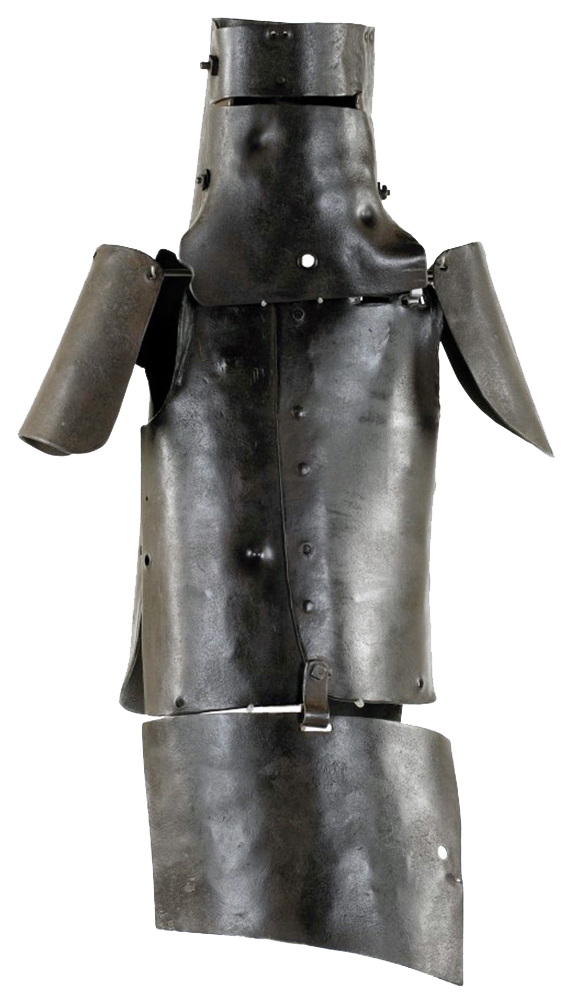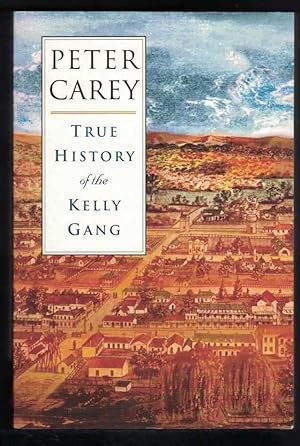True History of the Kelly Gang by Peter Carey
University of Queensland Press
Pp. 400
Peter Carey is
often touted as Australia’s literary representative, so his take on one of its
biggest questionable icons is bound to be interesting and exciting. The book
purports to be written by Ned Kelly in thirteen parcels of stained and
dog-eared papers, and it includes excerpts from newspapers and transcripts of
conversations. Towards the end of the novel, the printer, Thomas Curnow,
purportedly says, “What is it about us Australians,
eh? What is wrong with us? Do we not have a Jefferson? A Disraeli? Might not we
find someone better to admire than a horse-thief and a murderer? Must we always
make such an embarrassing spectacle of ourselves?” This is the question which
Carey address in his ‘true’ history.
The beginning contains accounts of Ned’s upbringing,
schooling, interactions with the police, his father’s brutality (beatings with
the belt and drunken rages), and his mother’s (Ellen) subsequent suitors, one
of whom is Bill Frost (whom Ned later shoots. Life was hard and brutal with
death and violence all around. His uncle tried to burn their house down after
being rejected by Ellen, and he was sentenced to hang. Ned was a Catholic
amongst mainly Protestants; the family was poor and anti-establishment so they were
picked upon and bullied in “a district of English snobs”.
It is written in
a sort of vernacular, but the narrator is very erudite and falsely descriptive.
There is no swearing; ‘bastards’ is redacted and other words are substituted
with “adjectival”. His use of metaphor is rich and, while the structure is
unrealistic for a poorly educated farm boy, the vocabulary is credible. “The
memory of the policeman’s words lay inside me like the egg of a liver fluke and
while I went about my growing up this slander wormed deeper and deeper into my
heart and there grew fat.” His similes enrich the novel and raise it above the
monotonous account it might otherwise have been, and he employs pathetic
fallacy in a way that would make Thomas Hardy proud.

Peter Carey
paints Ned as a rural lad who wants nothing more than to support his family, farm
the land and breed horses, but his plans are thwarted by perceived persecution
and his mother’s men. The nature of
the relationship between Ned and his mother, Ellen, has long been a topic of
historical debate. Ned is the oldest son with a primitive love for his family and
a macho need to protect them. He cares for the family, although he doesn’t notice
that his sister has grown into a young woman, and he is mainly concerned for
his mother, rushing to defend her and fighting over her reputation.
He loves
his mother – some say to an unseemly extent – although she sells him into
apprenticeship with Harry Power, and seeks out the company of other men. Ned
takes up with Mary Hearn, in a supposedly touching but very plain fashion, and introduces
her to his mother although he claims not to know that his mother and his girlfriend
share a lover (George King) who has made both of them pregnant.
Mary Hearn
pleads for Ned to leave Australia with her and their child for their safety,
but obviously he doesn’t. Her lines are very similar to those spoken by Etta
Place in the film, Butch Cassidy and the
Sundance Kid, suggesting a very limited view of
roles for women in stories of legend. Ellen, however, has a rebellious spirit
(the spade is her favoured weapon), and she tells stories of the Irish legends,
heroes and great women.
Ned holds some
belief in fairy stories of banshees, curses and bad luck, but also understands the
realities and corruption of the world. The police slander his family; he is
angry and hungry and carries within “that flame the government of England
lights in a poor man’s guts every time they make him wear the convicts irons.”
He dislikes talk of colonials not being able to farm properly, and despite his Irish
heritage, he considers himself Australian. In Peter Carey’s telling, he becomes
one of the original founders, and claims he and his ilk were formed by the
harsh treatment they received.

Carey
includes all the details of the legend in his ‘history’. He mentions the
undertakers, leather cords specifically created for the purpose of binding a
body to horseback, which were used as evidence that the policemen had come to
the Kelly gang with the intention of killing them. He also devotes pages to the
creation of the iconic suits of ‘armour’. In 1879 Ned Kelly dictated an 8,000
word manifesto to Joe Byrne, known as the Jerilderie Letter, in which he tried
to justify his crimes. Intended for publication, it was instead handed in to
the police. Carey questions the making of the legend – was Kelly seeking fame,
justice or acknowledgement? There is a great legend woven around Ned Kelly,
and although Peter Carey suggests he will clarify it with his ‘true history’,
he gleefully obfuscates even further.









